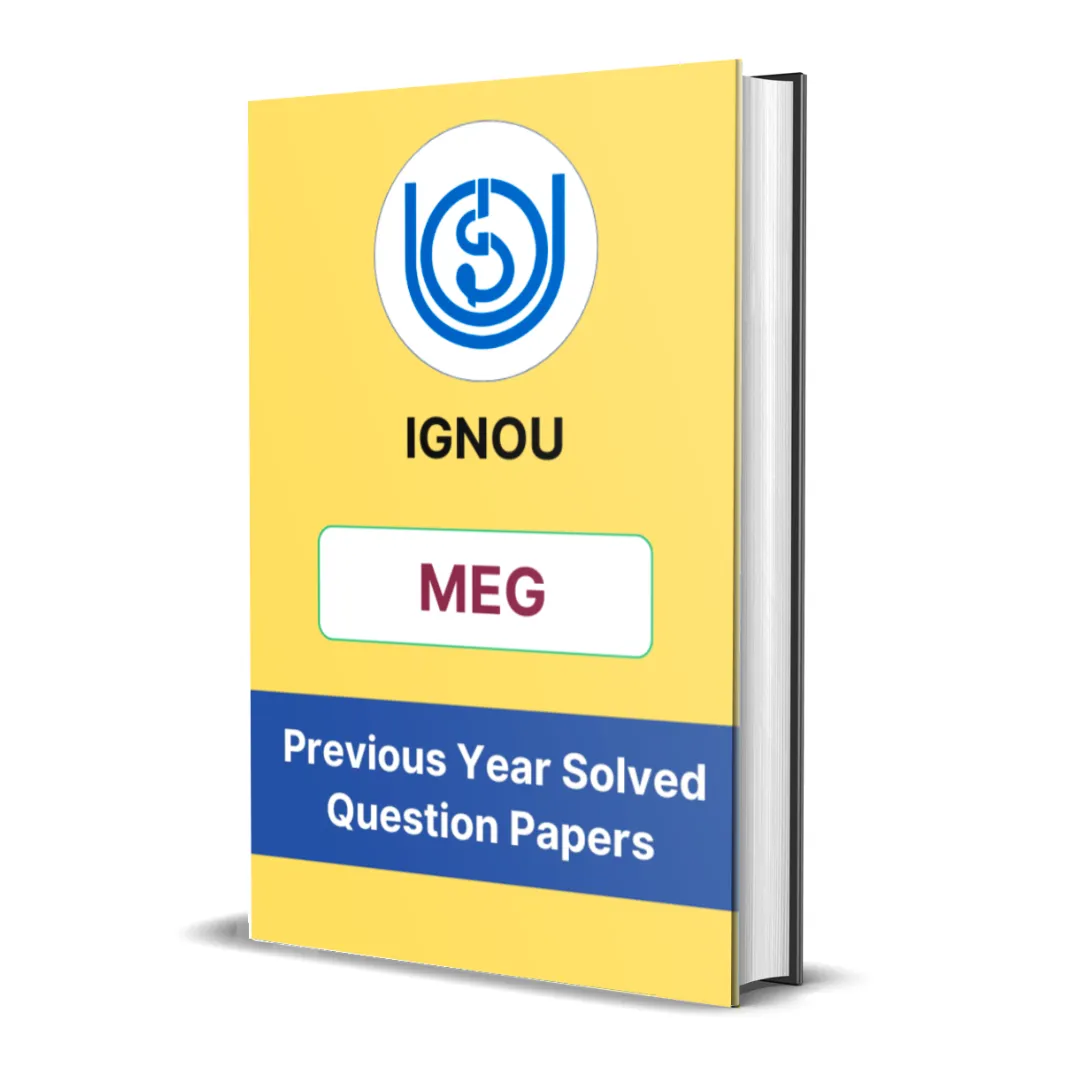Here you will get the detailed summary of IGNOU MEG 19 Block 5 – Fiction By Indigenous Writers.
We have provided the summary of all units starting from unit 1 to unit 5.
Introduction
IGNOU MEG-19 Block 5, titled Fiction by Indigenous Writers, explores the emergence, development, and thematic concerns of Aboriginal Australian literature, with a focus on Kim Scott’s landmark novel Benang: From the Heart. This block provides historical, cultural, and literary contexts that frame Indigenous storytelling—from oral traditions and colonial resistance to reconciliation and the modern Aboriginal novel. It highlights how Indigenous voices challenge colonial narratives and reclaim agency through literature.
Unit 1 – Aboriginal Australia: An Introduction
This unit offers a foundational understanding of Aboriginal Australia, covering historical, social, and cultural aspects.
Key highlights:
-
Aboriginal Australians are the original inhabitants of the continent, with a rich oral tradition and spiritual connection to land (Dreamtime).
-
Colonisation led to:
-
Dispossession of land
-
Cultural suppression
-
Social marginalisation
-
-
Early representations by colonisers depicted Aboriginal people as “primitive” or invisible in national literature.
-
The unit introduces how modern Aboriginal writers use fiction to reclaim identity, rewrite history, and affirm cultural pride.
Unit 2 – Aboriginal Australia: From Resistance to Reconciliation
This unit traces the trajectory from resistance to reconciliation in Aboriginal writing and activism.
Important points:
-
Aboriginal literature evolved from silent suffering to vocal protest.
-
Writers use literature to:
-
Resist erasure and misrepresentation
-
Express intergenerational trauma
-
Call for justice, land rights, and recognition
-
-
The 1967 Referendum and Mabo Decision (1992) were landmark events in the fight for Indigenous rights.
-
Literature reflects a shift from anger and accusation to a more nuanced engagement with healing and reconciliation.
Themes covered include:
-
Cultural survival
-
Identity politics
-
Language loss and revival
-
Postcolonial trauma
Unit 3 – The Aboriginal Novel and Kim Scott
This unit focuses on the rise of the Aboriginal novel and the contribution of Kim Scott, a prominent Noongar writer.
Key features of the Aboriginal novel:
-
Moves beyond oral tradition to written form
-
Retains cultural storytelling modes while engaging Western literary forms
-
Often multilingual and deeply tied to land and ancestry
About Kim Scott:
-
First Indigenous writer to win the Miles Franklin Award (for Benang and That Deadman Dance)
-
His work combines historical fiction with lyrical storytelling
-
Themes in Scott’s writing:
-
Memory and loss
-
Cultural recovery
-
The complexity of mixed-race identity
-
Scott’s writing is noted for its non-linear narrative, archival integration, and emotional depth.
Unit 4 – Benang: From the Heart – The Background
This unit provides the historical and political background of Benang, set against Australia’s dark history of eugenics and assimilation.
Background context:
-
Inspired by real government records that documented efforts to “breed out” Aboriginal identity.
-
Explores Australia’s “Stolen Generations”—children forcibly removed from Aboriginal families.
-
The protagonist, Harley Scat, is the product of these assimilation policies.
Historical elements include:
-
Eugenic ideologies aimed at racial purification
-
Institutionalised racism in the name of “progress”
-
Impact of colonial science on Aboriginal families
Scott uses these real documents to challenge colonial history from within, turning archives into tools of resistance.
Unit 5 – Benang: From the Heart: A Critical Analysis
This unit offers an in-depth literary and thematic analysis of Benang.
Key themes:
-
Identity and Fragmentation: Harley’s fragmented sense of self mirrors the cultural disruption of his people.
-
Rewriting History: The novel questions official narratives by reclaiming stories hidden in state records.
-
Voice and Silence: The interplay between what is spoken, written, and erased
-
Memory and Healing: Personal and collective memory becomes a path to cultural survival
Narrative techniques:
-
Non-linear structure, mimicking the fractured nature of memory
-
Use of archival material, interwoven with fictional storytelling
-
Symbolism of water, heart, and genealogy throughout the novel
Scott’s style is poetic, political, and profoundly moving, using literary fiction as a means of truth-telling and cultural revival.

